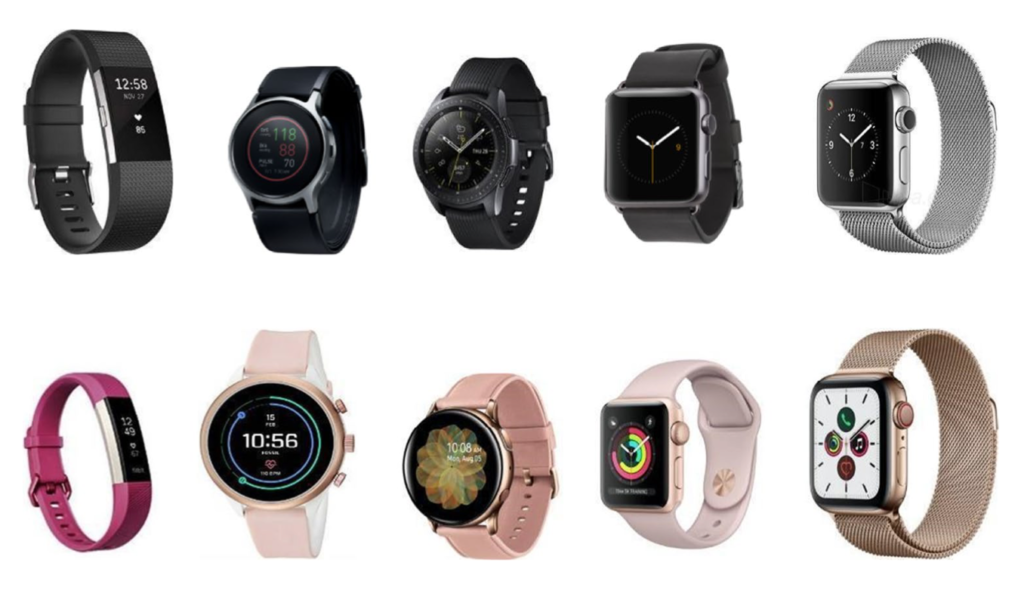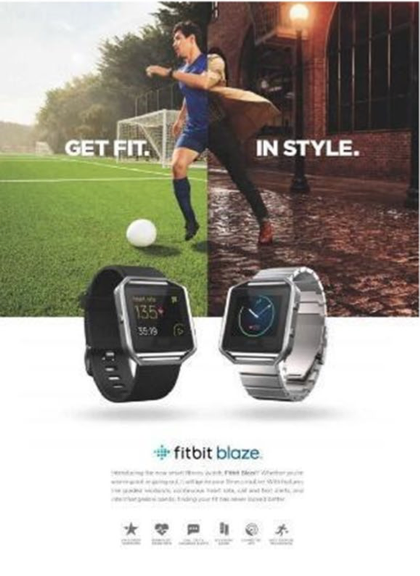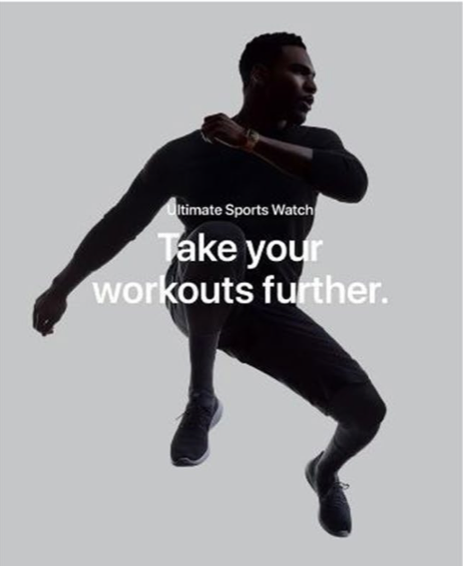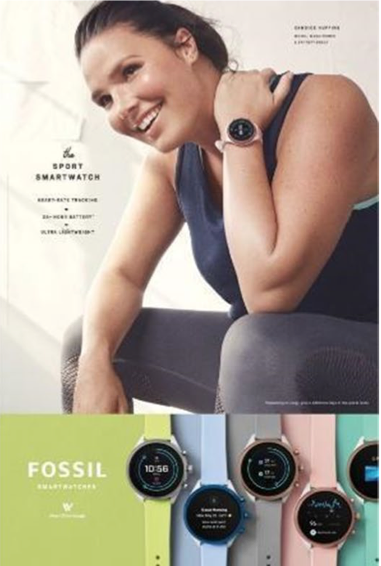Previously we had defined for ourselves what is meant by unisex, however oftentimes when using the expression other terms like “ungendered” and “gender-neutral” pop up. Is there a difference and if any, what differentiates them?
Unisex controversy: is unisex actually unisex?
When researching more into differences between unisex and gender-neutral you come across many articles questioning the integrity of unisex clothing. It is stated that often brands use the term to sound diverse but to only describe clothing that already exists for the different genders like t-shirts and jeans. Moreover, when fashion companies design new unisex clothing lines the fits are often tailored to females, to make more masculine and boxy shapes available for women but often not vice versa. Critics say that these fashion collections also do not include women with more curvy bodies but rather fit the more androgynous looking bodies anyway. Some sources state that exactly this is the difference between unisex and gender-neutral: unisex clothing describes fashion that uses boxy and oversized, masculine fashion to fit both men and slender women, whereas gender-neutral clothing incorporates interchanging fashion for both genders and all body types. The difference to the term ungendered lies in the two genders: gender neutral refers to both and ungendered to none.
Unisex design world: an example of an experiment analysing gender patterns
When talking about unisex fashion design, it is interesting to analyse other design industries that have adapted unisex strategies to attract both genders. Packaging design being the most common, I want to analyse other industries and focus on where a unisex branding strategy and design was adapted. While researching I found an interesting article about gender and its influence on preferences in design for “digital health wearables” or in other words: smartwatches, by Esfahani and Sareh from the “International Journal on Interactive Design and Manufacturing” from 2021.
A study about gender patterns and the differences between the product design of smartwatches
The study conducted within the article included a participatory design session with two groups, one with 3 men and one with 3 women. They were first shown watches from different companies from FitBit, Fossil, Samsung and Apple and advertisements from these companies. The images are shown below.

Top: smartwatches targeted towards men, Bottom: smartwatches targeted towards women, From left to right: Fitbit, Fossil, Samsung and Apple
From left to right: Fitbit, Apple and Fossil
The most interesting findings are listed below:
Theme 1: Gendered aesthetics
- All females interested in products targeted towards females
- Associated specific colours with specific genders
- Associated all gender-neutral products to be more masculine
- Especially Apple Watch: masculine, although advertised as gender-neutral
- Due to specific features: large square screens & wide straps in silver to be linked to males
- In general: attitudes more open to the rules and norms of gender patterns
- All males identified product language targeted towards males
- Through stereotypical colours such as ‘pink for girls’ and ‘blue for boys’
- Classify particular colours as female or male and intentionally assign gender values to products
- Dark colours: stereotypical colour for men –> comparison to cosmetic products targeted towards men –> prefer products attached with masculinity
- Avoid products not meant for males
- Both genders identified gendered colours: dark colours for males & bright colours for females
- References from gender imperatives and fears of the norms of appropriate gender stereotypes –> influences of advertising
- All participants agreed that smartwatches looked more masculine
Theme 2: Masculinity
- All male participants identified following attributes for male targeted advertisements:
- minimal information, not long to read, more rigid, infographics to portray info –> less time to read
- observations from their gender identity & societal norms
- attributes influenced and derived from the society and its expectations (e.g. pressure from peers & parents to behave within traditional gender roles)
- often fear of being perceived as homosexual: main motives for young males to act within the stereotypes
- minimal information, not long to read, more rigid, infographics to portray info –> less time to read
My analysis of the results of the study
This study shows precisely what I conveyed above: unisex is a hard design concept to implement within the norms of society as especially for males any attributes that are in any way associated with females are seen as “homosexual” and not fitting within their gender identity. This fragile masculinity that relies on vehemently staying within these roles drives brands to counterfeit this by designing gender-neutral or unisex products more towards male design preferences within gender norms. As a result, females view these as targeted more towards men. This reflects the trends within fashion industry as well, where unisex fashion is often only masculine clothing, like oversized fashion targeted also towards females.
A hypothesis I have formed is that gender neutral clothing in general perhaps has a different target group than the other categories of unisex products, as men that want to wear skirts and more feminine cuts are more secure in their masculinity and do not rely on staying within gender norms. This could also be due to the fact of being genderfluid or -queer or even agender. Therefore, it might be interesting to analyse which target group is interested in gender neutral fashion in general and to analyse other fashion companies and how they advertise to their target group.
Literature
DiffSense. n.d. The difference between Gender-neutral and Ungendered. Accessed November 29, 2021. https://diffsense.com/diff/gender-neutral/ungendered.
Esfahani, Bahar Khayamian, and Pooya Sareh. 2021. “Insights into the role of gender in aesthetic design: a participatory study on the design of digital health wearables.” International Journal on Interactive Design and Manufacturing 173-185.
Morgan, Ashley. 2019. “Why the Terms Unisex and Gender Neutral are not Fit for Purpose in Contemporary Clothing and Fashion Design.” Journal of Textile Science & Fashion Technology.
Not.Jethro. 2020. Unisex vs Gender Neutral Fashion — What’s the difference? August 14. Accessed November 29, 2021. https://medium.com/@jethronepomuceno/unisex-vs-gender-neutral-fashion-whats-the-difference-a44512d9136e.
Reilly, Andrew, and Ben Barry. 2020. Crossing Gender Boundaries: Fashion to Create, Disrupt and Transcend. Bristol: intellect.


